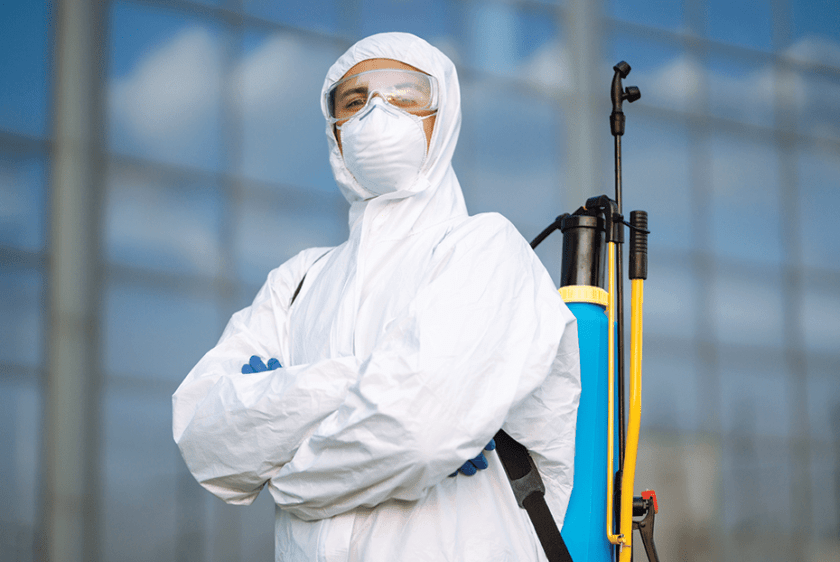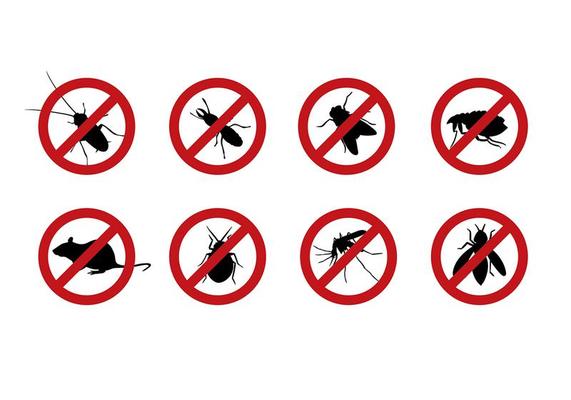Why Trust Pest Control Lockhart for Your Property Protection Needs
Wiki Article
Discovering Infestation and Treatment Approaches on the planet of Pest Control
The landscape of bug control encompasses a myriad of obstacles, especially as problems of typical household pests remain to progress. Comprehending the behaviors and reproductive patterns of these nuisances is important for establishing effective therapy approaches. By integrating preventative procedures with advanced management methods, such as Integrated Insect Management (IPM), property owners can much better guard their atmospheres. Nonetheless, the effectiveness of these methods may vary considerably based upon details conditions. What hidden aspects add to the success or failure of these methods in various setups?
Usual Family Vermin
When it comes to handling our living areas, understanding usual household bugs is critical. These bugs not just disrupt our comfort but can likewise pose health risks and damage residential or commercial property. The most widespread household parasites consist of ants, roaches, rodents, termites, and bed bugs.Ants, typically seen foraging in kitchens, can contaminate food and establish large nests. Rodents, consisting of mice and rats, can cause architectural damages and bring diseases like hantavirus and salmonella.
Identifying the signs of these pests, such as droppings, nests, or attack marks, is important for very early treatment (Pest Control Lockhart). Correct hygiene techniques, securing entrance points, and preserving a clutter-free atmosphere are efficient preventative steps. By determining these typical household parasites and understanding their behaviors, property owners can take aggressive steps to mitigate problems, making sure a much healthier living atmosphere
Comprehending Bug Infestations
Insect invasions can rise rapidly, turning a minor aggravation into a substantial issue if not attended to without delay. Comprehending the nature of these invasions is important for efficient administration. Pests can get into domestic and commercial areas for different reasons, consisting of the search for food, sanctuary, or breeding premises. Typical variables adding to invasions include inadequate cleanliness, structural vulnerabilities, and seasonal changes that drive bugs inside.Determining the type of parasite is vital, as different varieties exhibit different actions and reproductive rates. Rats might develop nests in surprise locations while bugs like cockroaches prosper in moist environments. Early discovery frequently hinges on acknowledging indications such as droppings, munch marks, or uncommon audios, which can suggest a problem prior to it becomes extreme.
Ecological conditions additionally play a vital duty in parasite spreading. Cozy, damp climates can assist in the fast growth of pest populations, while changes in landscape design or construction can unintentionally develop favorable environments. Therefore, regular examinations and preventative measures are vital to reducing the threat of invasions. An enlightened method to understanding these dynamics prepares for reliable bug administration techniques in the future.
Therapy Techniques and Strategies
Reliable treatment approaches and techniques are important for alleviating insect invasions and bring back a risk-free environment. A multifaceted technique is often best, incorporating chemical, biological, and mechanical techniques tailored to the particular bug and the severity of the problem.Chemical treatments consist of the use of pesticides and herbicides, which can successfully remove parasites. Proper application and adherence to safety guidelines are important to lessen risks to humans and non-target organisms. Integrated Bug Management (IPM) encourages the wise use chemicals as a last resort, relying rather on tracking and threshold degrees to figure out intervention needs.
Biological control approaches include presenting all-natural killers or bloodsuckers to decrease parasite populations. This technique is significantly popular, specifically in agricultural settings, as it advertises environmental sustainability.
Mechanical methods, such as traps and barriers, offer instant remedy for insects without introducing chemicals. Choices include sticky traps for pests or physical barriers for rats.
Inevitably, the option of therapy approach need to consider the details parasite, the setting, and prospective influence on human health and wellness and ecosystems. A well balanced combination of these methods can successfully handle infestations while advertising long-term insect control options.
Safety Nets for House
Proactively addressing pest concerns before they intensify is vital for keeping a healthy and balanced home environment (Pest Control Lockhart). Executing effective preventive measures can dramatically minimize the possibility of infestations, inevitably securing both your building and well-being
Correct landscaping likewise plays a critical function in prevention. Keeping hedges and trees cut away from the home lowers the chances of insects finding their means indoors. Make certain that water drainage systems are operating efficiently to prevent standing water, which can attract in insects and other bugs.
Finally, routine inspections are recommended. Frequently examining for indicators of bug Find Out More activity permits early intervention. By adopting these preventative procedures, homeowners can produce an atmosphere that is much less congenial to pests, therefore boosting their overall top quality of life and lowering the demand for comprehensive parasite control treatments.
Commercial Pest Control Approaches
A thorough approach to business bug control is vital for organizations aiming to keep a risk-free important source and hygienic environment. Efficient techniques include a combination of normal inspections, employee training, and the execution of Integrated Parasite Management (IPM) methods.Routine inspections enable very early detection of pest task, permitting for timely intervention. Companies should establish a routine timetable for these assessments, concentrating on high-risk locations such as kitchen areas, storage spaces, and waste disposal websites. Staff member training is similarly crucial; team must be enlightened on the indications of insect infestations and the value of reporting them promptly.
Implementing IPM practices helps mitigate parasite issues sustainably. This consists of environment adjustment, such as securing access factors and decreasing mess, along with using all-natural deterrents before considering chemical treatments.

Furthermore, collaborating with a certified bug control over here supplier makes sure access to professional understanding and sophisticated treatment alternatives. This collaboration can result in personalized parasite control prepares customized to the specific requirements of business, decreasing risks and improving total efficacy. Eventually, an aggressive and enlightened approach fosters a pest-free atmosphere, securing both public health and business credibility.
Verdict
In conclusion, effective pest control requires a comprehensive understanding of common family parasites and their behaviors, paired with targeted treatment approaches. Applying preventative actions alongside therapy strategies such as Integrated Pest Monitoring and biological control boosts the ability to alleviate infestations.Report this wiki page